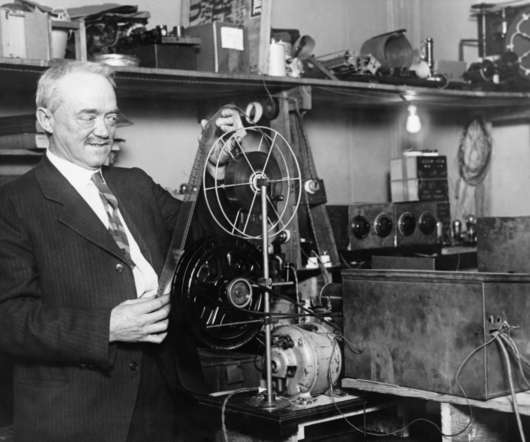AP Style: How relevant is it in 2019?
Communications Conversations
AUGUST 27, 2019
It began as a way to standardize rules around editing based on mass media–specifically, mainstream print media. In the golden age of print, AP Style reigned supreme because editors and reporters used it–therefore, PR types like us were forced to learn it and use it. Technology has changed communication behaviors, too.













Let's personalize your content